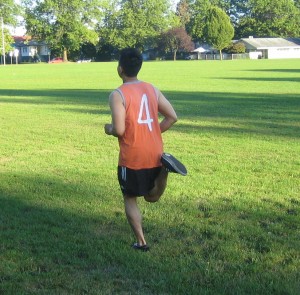Leg spasms or muscle cramps are involuntary contraction of muscles in the thigh, calf and the feet. Cramps affects the skeletal muscles especially the quadriceps, hamstring and the calf areas. The leg spasms can range from mild to moderate pain and can last only for a few seconds or several minutes.
Causes of leg spasms
- Leg spasms can be caused by compression of the nerve that runs through the legs. It becomes worse when sitting for long periods of time and performing strenous physical activities. If experiencing frequent leg spasms, seek medical care immediately.
- Spasms can be caused by imbalance in the electrolytes which are chemicals found in the blood that regulates important bodily functions.
Poor conditioning of the muscles can lead to diminished nerve and muscle communication which changes normal nerve reflex functions. - Poor conditioning of the muscles can lead to diminished nerve and muscle communication which changes normal nerve reflex functions
Treatment
- When leg spasms occur, get up and move around and stretch the tight muscle. Extend the leg and flex the foot back toward the shin. Once the spasm is minimized, continue with the stretching to prevent recurrence. Sit on the floor and try to reach the toes and flex them back as much as possible. Continue with these stretching exercises to lengthen and loosen the tight muscles.
- Apply an ice pack the affected area to lessen the pain and relax the muscles. Wrap the ice pack with a towel or washcloth and apply on the affected area. If an ice pack is not available, soak a towel under cold water and then apply to the cramped area.
- If leg spasms still persist, apply warm compress on the area to promote proper circulation of blood in the area. Another alternative is to soak the area in warm bath or take a warm shower to loosen and relax the spasms. Let the warm water flow over the affected muscles for relief.
- Drink at least 8-16 oz. of water immediately after the spasms to prevent dehydration which is one of the causes of leg spasms in both athletic and non-athletic individuals.
- If the spasms occur after exercise, drink sports beverages that contain electrolytes to replenish the body.
- Take over-the-counter pain medications such as ibuprofen or acetaminophen to lessen the pain and spasms.
- Wear shoes that provide proper cushioning of the foot and arch support to prevent straining or spasm of the calf muscle.
- Prop the knees on pillows while lying in bed. When sleeping on the stomach, let the feet hang over the bed
- Perform simple exercises before going to bed at night such as stretching, walking or ride a stationary bike for at least 5 minutes to warm up the muscles and for proper blood circulation in the area.
- Perform moderate exercises every day such as walking, biking or perform yoga to minimize the occurrence of the leg spasms.

